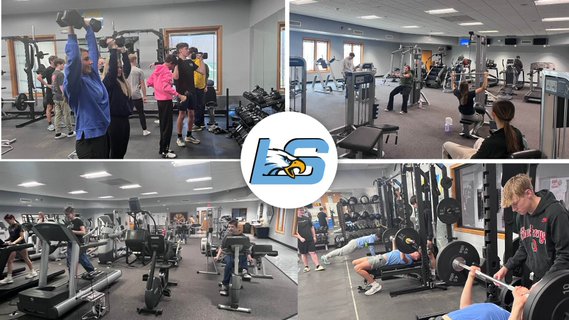Everyone’s felt it – the stiff, painful condition that results in your muscles the day after a tough workout. It makes you waddle up the stairs, sit gingerly on the toilet, or cry if someone pokes you in the chest. Within the fitness and performance training world, this pain is referred to as the DOMS, or “Delayed Onset Muscle Soreness”. As the name suggests, soreness is typically felt most between 24 and 48 hours after the training session has been completed.
The DOMS – What is muscle soreness?
Where does this pain come from? So often, we hear people exclaim that Lactic Acid is to blame. This really couldn’t be further from the truth. Lactate, a byproduct of one of the metabolic energy pathways, is actually a positive mechanism, one that serves as a control against your muscles becoming too acidic during intense exercise – the burning sensation you sometimes feel during high intensity work. In fact, post workout soreness is actually a result of microtrauma (aka small tears) within the muscle fibers and surrounding tissue. When you engage in physical training, you place stress upon the muscles (especially during the eccentric phase of any movement). If muscles are challenged to operate outside of their existing capacity, it will result in damage to the cells. This sounds negative, but it’s the trigger for adaptation within your body. When your muscles are being repaired after a workout, they are made bigger and stronger as a response. Your body works to prepare itself for the demands you place on it. This is the principle that directs all athletic training – your body will get better at whatever you consistently ask it to do.Treatment & Prevention
We should be entirely clear – there is no proven way to cure or prevent the DOMS. That being said, in our own personal experience, there are a number of ways to alleviate muscle soreness and help keep it from happening too frequently or severely during a training regimen.- Ice and Ibuprofen
- Inflammation is the root cause of your pain. Dealing directly with the symptoms by icing and or using NSAIDs can certainly help. Do please keep appropriate pain-reliever use in mind!
- Massage
- Massage & self myofascial release (foam rolling/self-massage) has been known to help treat muscle soreness. It increases blood flow to damaged areas, delivering nutrients, clearing waste, and speeding up recovery.
- Contrasting Temps
- Going back and forth from hot to cold (showers, sauna & pool, etc), shrinks and expands muscle fibers, forcing a flushing of blood through affected areas. (Read More Here)
- Sleep
- Your absolute best friend when it comes to recovery! Sleep is the time your body runs internal diagnostics, rebuilds damaged structures, and prepares you for further action.
- Proper Post-Workout Nutrition
- Often overlooked, the nutrients you feed your body after a bout of training is essential to your ability to recover quickly and perform at intensity again the next day. (Read our take here)
- Post-Workout Cool Down
- Our biggest recommendation for spurring recovery and preventing excessive soreness is a deliberate cool-down period after training. Light cardio, mixed with mobility work and static stretching can help both in the short term and long term.







